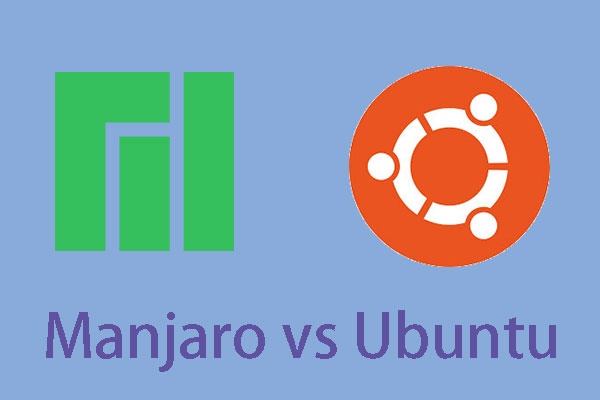

Read: Linux Mint vs Ubuntu: Comparison Of The Giants


Hardware network detection, this is also an automated step where the hardware network card gets recognized and modules are loaded into it. Then the installer would do the hardware detection and it loads modules to various hardware components.Boot and start the installer via means of any CD/DVD, you can choose for install or graphic install or for Intel or AMD processor-based machines, the message will appear like 64-bit install or 64-bit graphics install.Debian installation steps are as follows – Debian Vs Archġ2: With the arch, you can perform experiments. Arch based distros follow a rolling release update cycle meaning you’ll get new updates all the time as soon as newer packages are available. Arch includes the init system, modern file systems, LVM2, udev support, and initcpio. Arch maintains stable release versions until no package break is recorded. GUI configuration utilities are not encouraged and users have to perform system configuration from the shell editor. Packages are split only when compelling advantages exist. It is simple and doesn’t add unnecessary modifications or additions, the patches are not supported by upstream are avoided. Read: MX Linux Review – The Top Linux Distro on DistroWatch ArchĪrch Linux is an x86-64 general-purpose GNU/Linux distribution. Debian based distros follow LTS update schedule meaning a new LTS “Long Term Support” version is released every two years. The developers’ community provides proper support for bug fixing and there is a proper channel from fixing to uploading the patch. The Debian installer is modular and generic. APT is the front-end package manager and the kernel type is monolithic. Debian can access online repositories containing more than 50000 packages, you can also download free or not free software and install them to Debian. Debian Based Distro vs Arch Based Distro Debianĭebian is a GNU/Linux distribution, open-source and is a Linux kernel-based operating system.


 0 kommentar(er)
0 kommentar(er)
